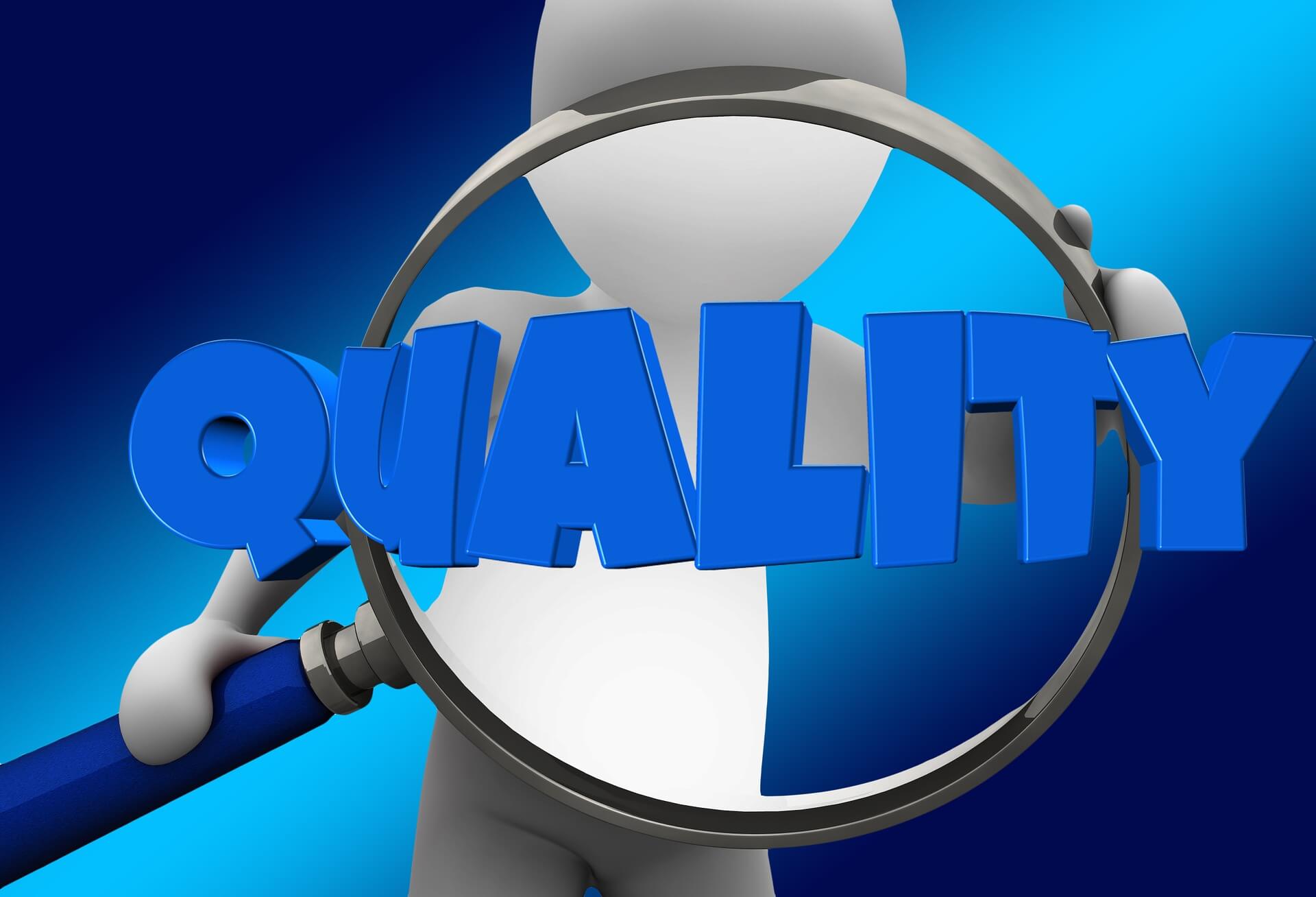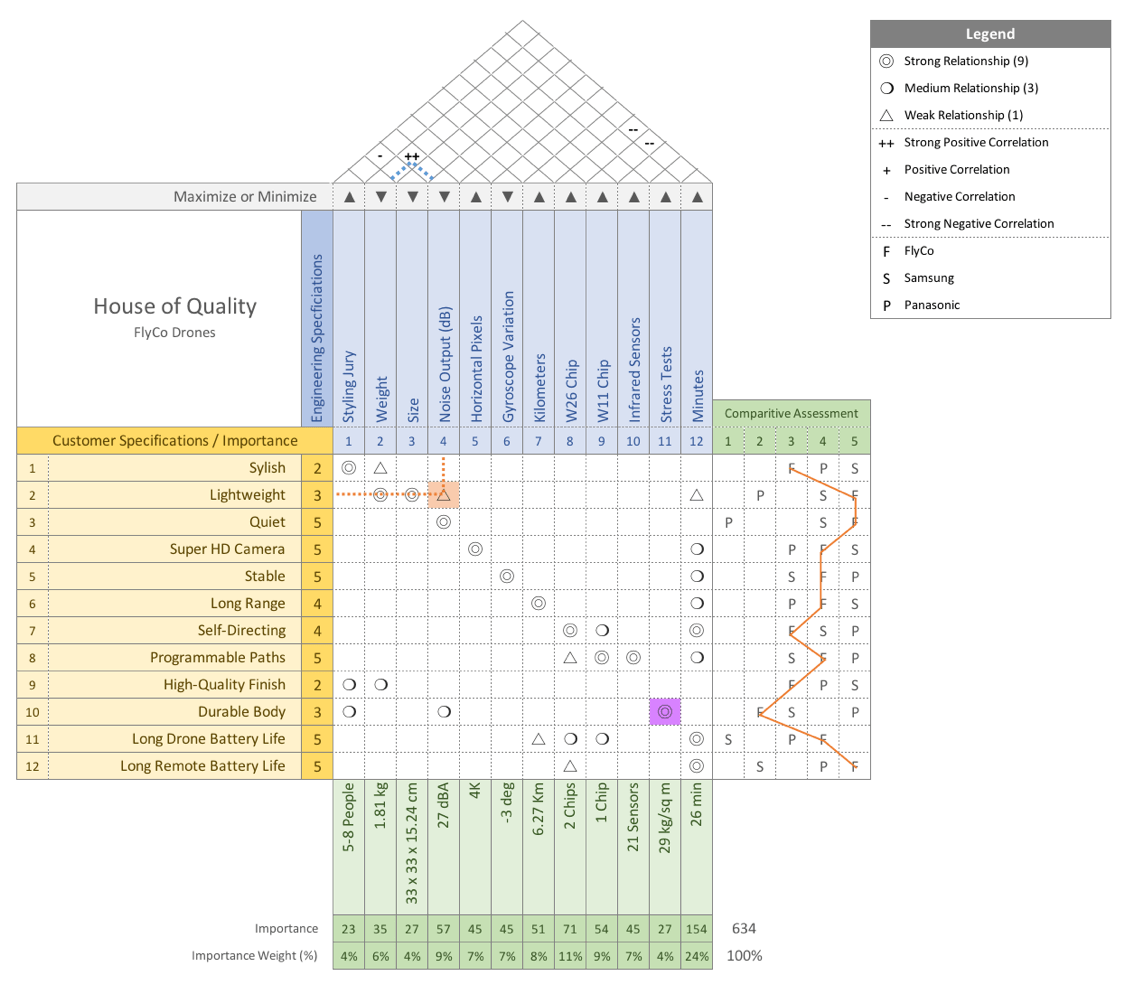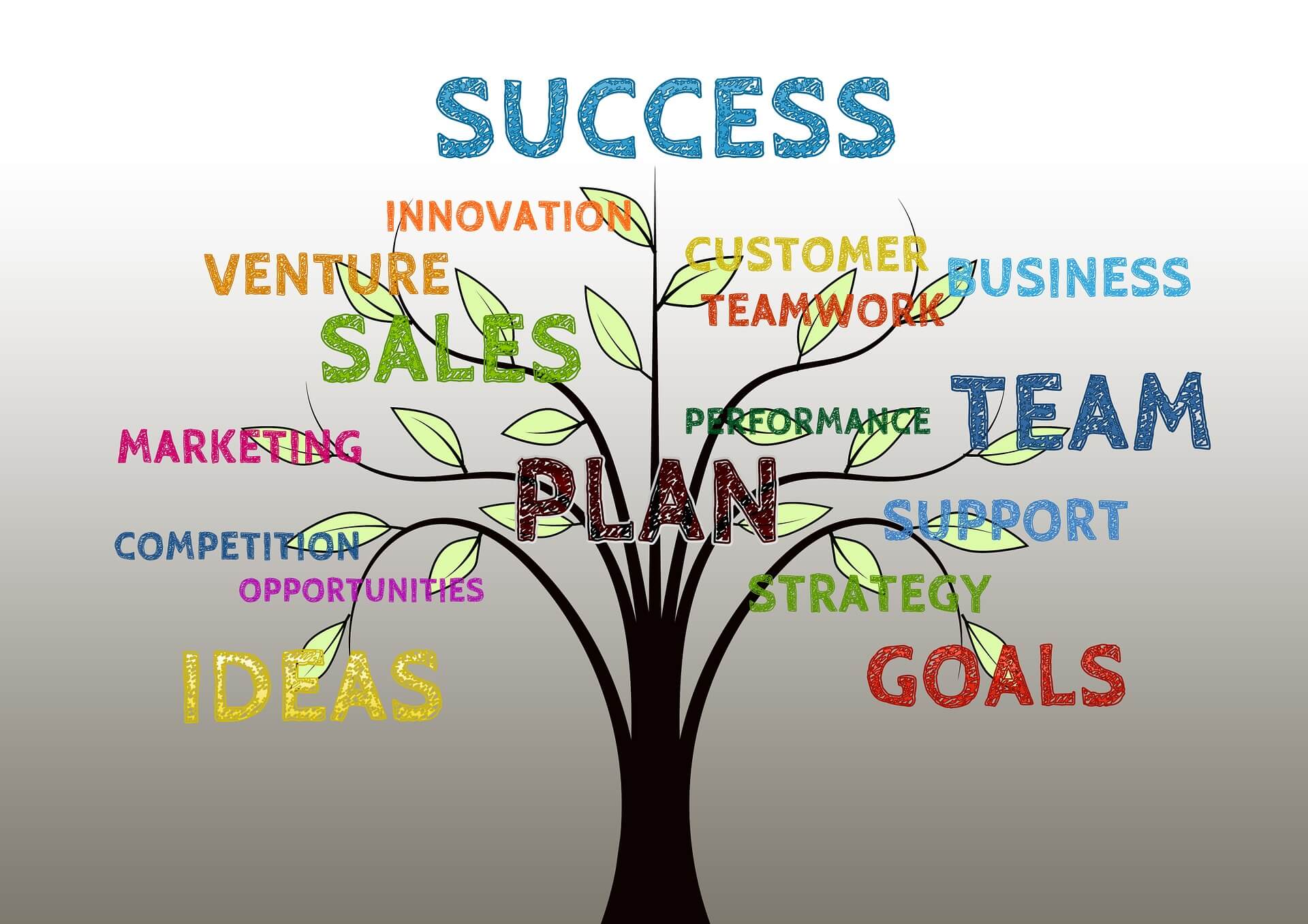House of Quality [Quality Matrix] & Quality Function Deployment [QFD]: A simple guide

In this rapidly changing world of choices, the only way for businesses to thrive is to have their products/services designed around their customer’s needs and desires.
You’d agree that your business gets nowhere if your clients don’t get what they are looking for.
Marketers use a process called Quality Function Deployment [QFD] to ensure meeting customer’s needs. The process makes use of Quality matrix (also called the house of Quality) in the production plan. And this post is all about making your customers happy using QFD or house of Quality.
After all, the market is so over-saturated with options. Why would someone care for your business if your business doesn’t care for what they want?
Quality Function Deployment (QFD):
The storytime; Ta-dah
So here’s the story…
Back in the year when NASA was preparing to launch first U.S spacecraft to orbit the moon, the Batman and Star Trek series made their debuts, and the football lovers were shocked over the mysterious disappearance of Jules Rimet Trophy, the business and management worlds were not sound asleep.
Japanese planning specialists Yoji Akao and Dr. Shigeru Mizuno were scratching their heads with both hands to come up with a robust problem-solving algorithm for many years. They were aggressively attempting to form a structural link between the customer’s demands and the output deliveries fulfilling those demands.
Quality assurance was already made a part of management before that, but the efforts were directed mainly to resolve a customer’s complaint after production. 1966 however proved to be the lucky year for these planning specialists, when they finally came forward with their plan that focused on customer’s demands and preferences. The system they created would eventually transform the customer’s needs into the final product.
You can take it as the *voice of customer* (the jargon in use here for the same purpose) that is directly transformed into a finished product. This is how close the production process aims to keep the product to the customer’s needs.
Now, that was cool.
No, actually that was Quality function deployment lovingly called QFD. And that was an incredible step forward in the world of quality control.
Somewhere slowly, somewhere swiftly, the world adopted the system.
And that’s the happy ending of our apparently simple yet diligence requiring story, folks.
However, there’s so much more to the Quality Function Deployment that we still need to learn.
QFD in action
QFD design makes use of matrices to measure and design the output. A comprehensive read on the University of Cambridge’s website says that these metrics are basically meant to help marketers and engineers find the following information:
“
- What are the attributes critical to our customers?
- The design parameters that are essential in driving those customer attributes
- What should the design parameter targets be for the new design?
“
QFD, consisting of two components, i.e., Quality and Function, was radially applied and adopted by the world around.
Starting from Mitsubishi’s Kobe shipyard (an oil tanker) in 1972, it spread to different production units in Japan. Not long after, Toyota and its suppliers implemented it dedicatedly.
An institute was established to research further the dynamics of Quality function deployment (QFD). Changes in lifestyle, business environments, operating markets, and technology with time brought innovation in the QFD procedures as well.
The trend was taken in the U.S soon after. The businesses and industries competing with Japan (the automobile industry being the foremost) incorporated the new Quality Control Deployment methods without any further delay.
The modern-day ISO certification is a part of the updated system of quality control.
Introduction of House of Quality –the quality matrix made the quality control further smooth and swift.
House of Quality
The evolution of the concept of QFD brought a new term, i.e., Quality Matrix/house of Quality.
The correlation between Quality Function Deployment & House of Quality:
Quality matrix or House of Quality is one of the tools for the implementation of the bigger *Quality Function Deployment* process.
The *What* of Quality Matrix:
It is the diagram with matrices resembling a house with a roof and four walls. It plots the critical attributes of the client’s needs in matrices based on their importance and priority level.
The team of marketers and engineers then use these attributes as a guide to design the product accordingly.
Composition
The house in the following image has customer requirements (to be) plotted on the left side (wall). The wall on the upper side contains the weightage given to the customer’s needs.
On the right side are our product features with those of competitors against the requirements of customers.
The lower side depicts design targets. You’d see the steps taken to satisfy the customer, here.
The roof shows a correlation of design attributes, and it shows the impact of different values combination on each other.

The “Where” of Quality Matrix:
Wikipedia has beautifully summed up from different sources where the house of quality (the quality function deployment actually, through quality matrix) is applicable today in a few lines:
*QFD is applied in a wide variety of applications viz product design, manufacturing, production, engineering, research and development (R&D), information technology (IT), support, testing, regulatory, and other phases in hardware, software, service, and system organizations, organization functions necessary to assure customer satisfaction, including business planning, packaging and logistics, procurement, marketing, sales & service. Quality improvement, quality management, military needs, and consumer products also deploy QFD. Customer services Applications for Education improvement and services in hotels etc.*
Well, that now is a lot of research overloaded in very few lines. Well done Wikipedia, for the hard work and thank you for the information.
The *How* of Quality Matrix:
It is a simple six-step process that involves the following steps:
- The process begins by making records of the voice of customers’, i.e., what exactly are the features your target market is looking for in your product?
- Next step is to find out which attribute is more important to customers than others and what weightage do they give to each trait. The data is plotted on a scale of 1-5 to find out the priority level/order of each attribute.
- It is now time to figure out how to achieve quality. What are the features that make the product meet the customer’s needs?
- Next, we see how well each feature goes or performs along with the other ones. What impact would these features have on each other when combined? This gives us another rating for the same features.
- Now we need to evaluate the score by the customers and those by the designers and engineers. Incorporate the necessary changes in the plan.
- Finally, plot the competitor’s plan against the customer’s requirements scale for each attribute. This step would give you a picture of how are the competitor’s taking voices of customers?
You can see your standing against the customer’s demands based on the model you have compared to the competitor’s model. This provides an opportunity to find if something could further be improved to gain a competitive advantage.
The very important * Why’s* of Quality Matrix-the gains:
Now that we know of all the areas where the house of quality is applicable, we must get the answers to some fundamental questions. Why is Quality matrix SO important? Is quality control the only desirable output or are the benefits way more than what we know so far? Why should we care so much after all?
Let’s dive deep to learn more about the advantages (because experience says that treats that the depths offer are exquisite beyond comparison).
Knowing what customers want is a BIG HIT:
Imagine investing in a product or service you want to deal in. Imagine investing heavily, like crazily heavily. You leave no stone unturned to make it a success. Imagine giving in the best of your time, your finances, and yourself.
Now imagine seeing NO CUSTOMER TURNING TO YOU.
What a miserable state!
If you did not get any feedback despite putting in the best effort you could, you did not produce what the customers are looking for. House of quality is a means to save you of this trouble. It enables you to build exactly what the customers need and thus tells you about the product that has a market too. If you sell what they need, you are a hit ALREADY.
And that’s the best part. Here are a few more happiness-inducing chunks associated with Quality Matrix.
Knowing customer-intend with priority order makes planning easier for you:
The process enables you not only to record what customers want but also to what extent do they want a feature. This is made possible by asking clients in their interview the features they want and their priority order. You need the priority order to plot the stats on the matrices on the house of quality.
Therefore, the process enables you to plan what features to stress the most on and what to spend less energy on.
Having all the resources available makes it hassle-free:
When you have a solid plan right in front you with the inspiration coming from customer’s needs that experts approved, all the inventories, steps, and deliverables are clear. If all the resources are available in precisely the order you require them in the process, the process goes fast and hassle-free.
Process results in less marketing efforts in terms of cost and time:
Once a product is available following the customer’s demands, there’s no doubt about its market value. When you’d bring such a product to market, the need to invest your time and money would be strikingly low compared to the opposite case (which doesn’t care about the voice of customers and might have to see many failures at different levels).
“Voice of the customer” inspired product = Customer satisfaction:
The process creates ease at each step, starting from the beginning. Following the feedback of clients and a plan leads to a product that requires less cost, efforts, time. In short, the product development procedure becomes highly efficient. However, despite the ease, this product results in the satisfaction of the clients and better output.
How does all of that matter?
You already know, happy and recurring customers mean growing business and mounting profits.
Well, that’s what you started the business for.
Quality Matrix Examples others have explained:
You’d find a world of quality matrix examples on the internet with a quality house. Dig in more and more; you won’t feel lost or alone. However, John R. Hoser and Don Clausing have made an enormous effort to bring all the answers to you in one article, including explaining an example (given image) on Harvard Business Review. Give it a read if you are up to finding out how they make it work.

Tour d’ horizon:
In a nutshell, Quality function deployment is a process that aims to make products that match the customer’s requirements as closely as possible.
The system makes use of Quality house, a quality matrix that plots customers’ requirements on their preference scale. They modify the Quality Matrix further with experts opinion as well as compare with competitor’s products for improvement.
They use this final picture as a template and guide to execute the production process.
Now, you have a product that meets customer’s requirements. Bravo!
launch the product in the market and your good times start. Congratulations!
Over to you folks
And now that you have learned so much, why don’t you share your side of the story?
What made you look up the Quality function deployment and Quality house online?
What is your opinion about the process? Do you think it is a viable and executable process?
Is the end product of this process any better than a product you produce without hearing the customer’s voice?
Do share your viewpoint with us 🙂








Leave a Comment